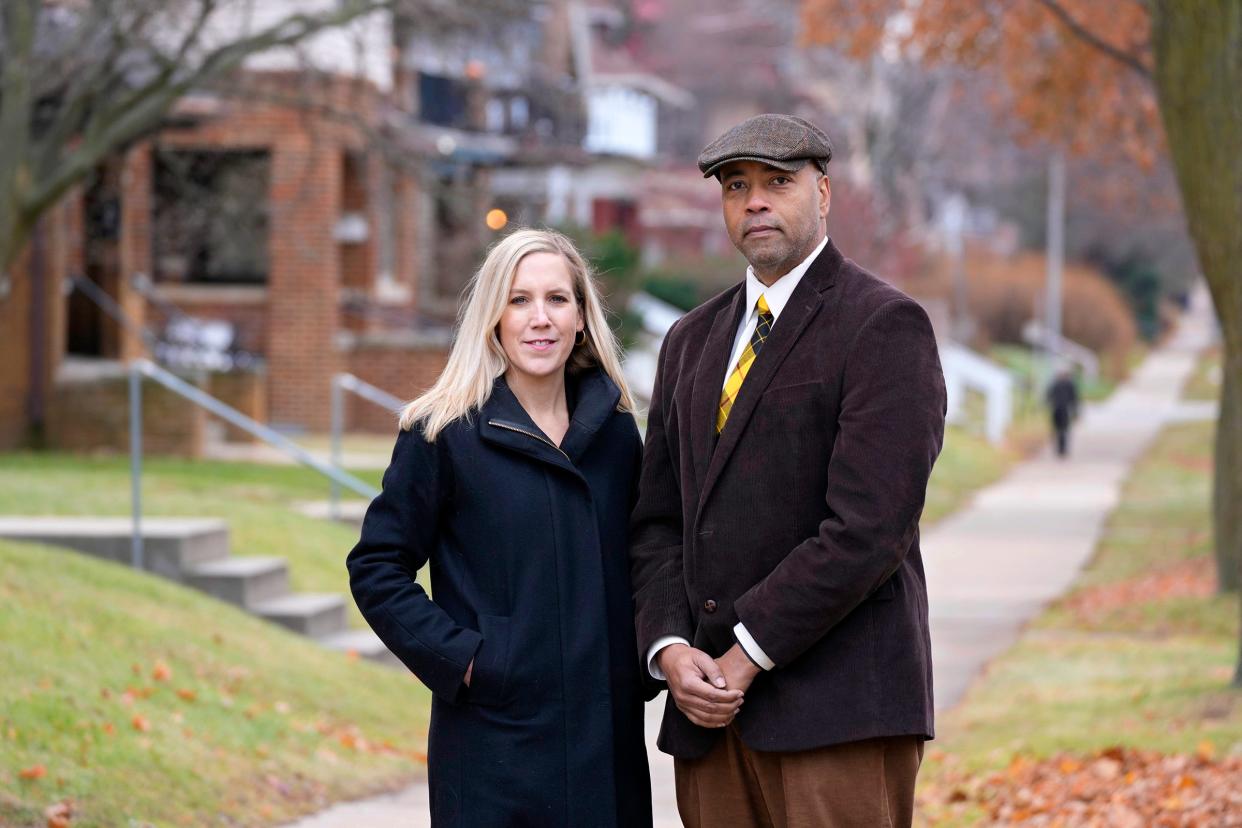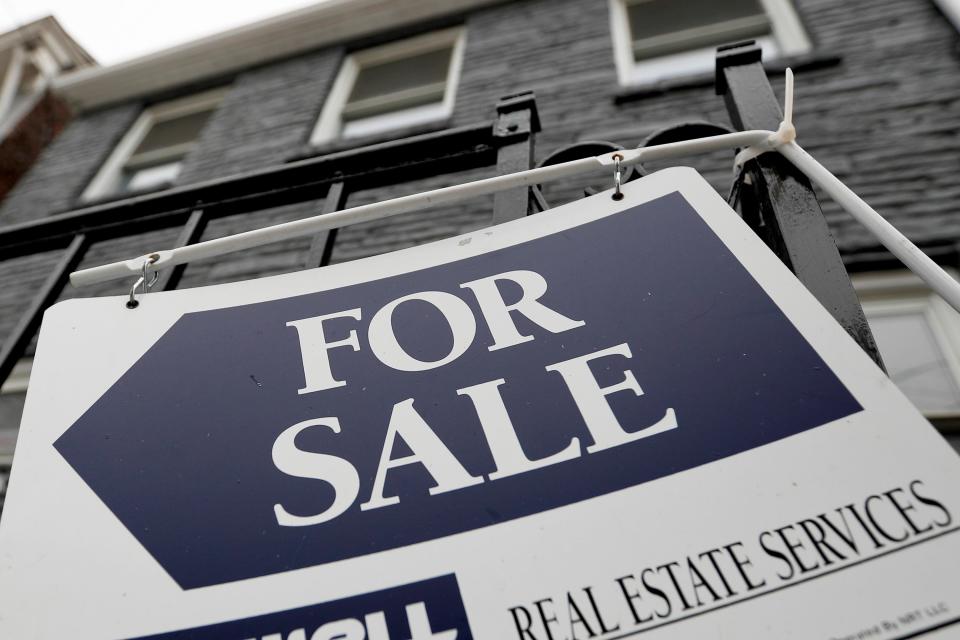Volunteers will sift through documents that once barred Black people from owning property in the Milwaukee area

Scholars have long found that Milwaukee is one of the nation's most segregated cities.
It got that way by design.
From overt government policies supporting redlining where banks denied Blacks' mortgages in certain areas to more subtle forms of housing discrimination, all played a role in designating where Black people can and cannot live.
Restrictive covenants were commonly used as a tactic. These covenants embedded language in property deeds that prevented the sale of land or homes to Blacks and people of other ethnicities to keep certain areas exclusively white.
Such covenants had been in place for decades until they were outlawed just six decades ago.
Two University of Wisconsin-Milwaukee professors are leading a crowdsourcing effort to document and map these covenants that shaped the racial geography of not only the city but Milwaukee County.
Many of these covenants were used in suburbs surrounding Milwaukee, which contributes to the county having the lowest rate of Black suburbanization in any metropolitan area in the country.
Their Mapping Racism and Resistance in Milwaukee County project amassed a dataset of roughly 21,000 digitized county property deeds and needs volunteers to help comb through them to flag any racial covenants. The project whittled that number down from 1.7 million county property deeds using character recognition software.
Volunteers are needed to read, flag, and then verify if the deeds contain racial covenants. Volunteers would then transcribe the language, which would then be examined by five people to ensure accuracy.
“It’s been a powerful way for people to understand that segregation wasn’t something that just occurred because of class barriers. It was an intentionally designed thing that many interested parties were involved in,” said Anne Bonds, an associate professor of Geography and Urban Studies at UWM.
Bonds co-directs the project with assistant English professor Derek G. Handley. Handley is examining another aspect of restrictive covenants -- Black resistance to them.
That part, he said, gets left out of the narrative in many mapping segregation projects occurring across the country. Blacks, he said, including organizations like the Urban League and the NAACP, fought against covenants such as Milwaukee’s 1967’s open housing marches.
“Having it done this way allows people to understand the history of housing segregation, reflect upon it and foster conversation,” Handley said, adding that half of all places in the nation where White people lived had restrictive covenants.
Talking about these covenants is quite different from seeing the document and the language used in them. People begin to realize the full weight of structural racism, how pervasive and accepted it was up until the late 1960s, Bonds said. The 1968 Fair Housing Act eventually outlawed these covenants.
The project mirrors the University of Minnesota’s Mapping Prejudice, which also looks at the legacy of Minneapolis’ restrictive covenant and how it shapes where people live in that city today. Bonds and Handley are using the same technology in the Minnesota project to search and flag deeds that may have racial language.
Bonds and Handley have held in-person and virtual “transcription sessions” to document the racial covenants. The sessions include training on what kind of language to spot.
Volunteers need to be aware some of what they turn up may be hard for some to accept.

Language in some deeds can be upsetting and disturbing. Blacks in some of the deeds were referred to as “colored,” “African” or “Ethiopians.” Some deeds are more blatant, saying only someone white can buy a specific house or only “domestics” can be on the premises. There’s also language referring to Jews as "Armenians."
Bonds said the terminology was pretty boilerplate, but will help her and Handley understand how it changed over time and what ethnicities were excluded in certain decades.
The language also had a dehumanizing effect, Handley said. Often Blacks were lumped in paragraphs that prohibited cows, pigs, and “coloreds” on the property, he said.
“It’s kind of equating human beings with animals, with structures or buildings," Handley said. "Just the matter-of-fact tone of these covenants can be upsetting.”
The project is building momentum with community volunteers as more workshops are added, Bonds said. Many come to a session and then continue to transcribe the covenants on their own.
But the goal of the project is to create a “digital humanities website.” The site will be a resource for community groups, individuals or public officials to do research. The site will map the covenants and include a data set of these records which hasn’t existed before.
These records, Bonds said, weren’t readily accessible to the public, but now people can learn how much land in Milwaukee County was covered by these covenants.
“We want this to be an educational tool that can be used by anybody interested in the topic, but also for the community itself,” she said. “It wouldn't be possible to do this project without the community. That's why we view this as a community resource.”
To volunteerWhat: In-person transcription workshopWhen: 4 p.m. Jan. 18Where: Whitefish Bay Public Library, 5420 N. Marlborough Drive in Whitefish BayFor more information, visit sites.uwm.edu/mappingracismresistance/verify-the-covenants.
This article originally appeared on Milwaukee Journal Sentinel: Restrictive covenants aimed to segregate Milwaukee, stifle Black homeownership

